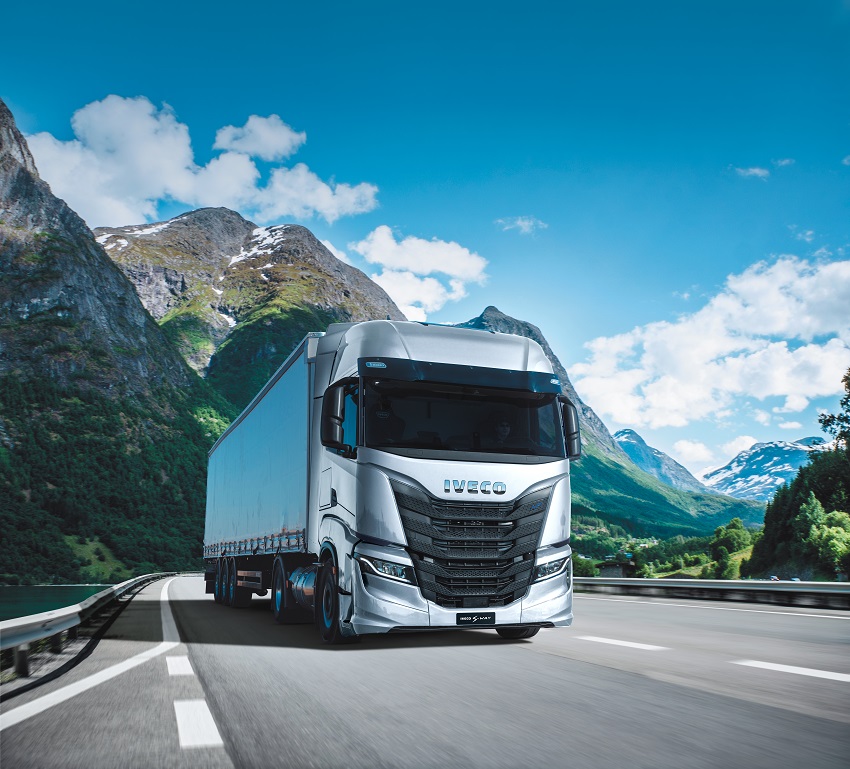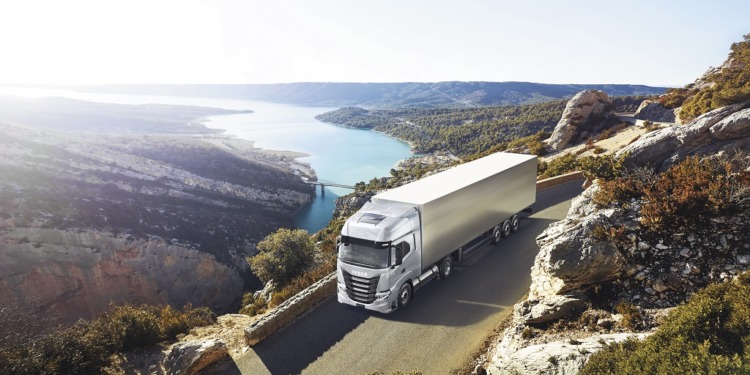In 2019, the European Commission published the European Green Deal, an ambitious and historical plan devised to achieve climate neutrality by 2050, also setting an intermediate decade-long target to cut emissions by at least 55% by 2030. With the ensuing “Fit for 55” and the recently presented “RePowerEU Plan” the EU rolled out the largest ever legislative package in pursuit of climate goals: a wide-ranging set of proposals seeking to ensure a steady, just, and socially fair energy transition while strengthening innovation and competitiveness of the EU industry in the global economy and underpinning the EU’s position as a global leader in the efforts to fight climate change.
Alongside policies to increase the use of renewable energy, promote greater energy security and efficiency, and even remove greenhouse gases from the atmosphere, some of the package’s proposals play a significant role in the sustainable development of the automotive industry in the next decade.
Proposed measures include binding targets for the deployment of recharging and refueling infrastructures for alternative fuels within the EU, a revision of the CO2 emission standards for cars & vans, and (to come) for heavy-duty vehicles, setting a high level of ambition to decarbonize the European vehicle fleet.
While the measures in the package do not target the heavy freight industry directly, the sector can and must play an active role in the achievement of the goals the EU set for 2030, and companies operating in the sector are already committing their strategies to the prisms of sustainable production.
Indeed, while all European industry players are increasingly developing a wide range of low and zero-emission vehicles which are either at the initial or final stages leading to series production, some of them are already entering the market at an increasing pace.
LNG trucks, for example, are currently at the forefront of the efforts to decarbonize the industry, and they are widely regarded both as a cleaner alternative to diesel and as a pivotal part of the strategy for delivering zero-GHG long-haul road transport. The availability of the technology, as well as their cost-effectiveness and scalable production, makes them the perfect near-term solution to addressing the necessity to achieve the 2030 decarbonization targets set by the EU. Also, existing natural gas infrastructure and vehicles are fully compatible with renewable gas – biomethane, and are therefore powerful enablers of carbon-free mobility at low system cost, especially in the heavy-duty long-haul sector, where bio LNG is a rapidly growing reality in Europe.
Liquid or compressed biomethane can guarantee emission reduction performances equivalent to those of an electric vehicle charged with renewable electricity (and even net negative on its complete lifecycle). Furthermore, rather than waiting for the renewal of the vehicle fleet, biomethane provides an immediate opportunity to cut CO2 emissions from vehicles in circulation today.
RELATED ARTICLES: Mobility Lab 2022: Looking For Startups And Innovations In The Mobility Sector | Alto, The Electric Rideshare Company, Is Coming To Silicon Valley | Robotaxi, The Autonomous & Electric Vehicle By Zoox | Tech Startup Gigamine to Provide Lithium-ion Batteries Recycling in the UK | STILRIDE Creating A New Generation Of Sustainable Motorbikes & Scooters |
While only a handful of overseas companies are currently producing hydrogen-fuelled trucks in series, more European companies are set to begin production in the near future, such as IVECO, which started a joint venture with Nikola Corporation aimed at developing and distributing hydrogen fuel-cell and battery-electric trucks for the European market.
In long-haul freight transport, hydrogen is today the best technological option that can guarantee competitive performance with traditionally fuelled vehicles in terms of range, refueling times, and payload. On the other hand, Battery electric trucks also show great promise to deliver sustainable growth for the sector, in particular for urban missions and volume-limited applications (e.g., logistics and local public transport). Both fuel cell and battery technologies are becoming increasingly competitive with combustion engines. Eventually, thanks to rapid improvements in fuel cell systems, hydrogen supply, and battery systems, these new zero-emissions vehicles might become a cost-competitive choice for customers sooner than expected.

However, while technology development will remain a strong driver, success can only be achieved by developing system-level solutions covering multiple aspects, including refueling/recharging infrastructure, cost-competitive supply of alternative fuels, better regulation, and innovative public policies. For this to happen, an integrated approach among business stakeholders and a sound policy framework are crucial enabling factors.
Trucks are a fundamental component of the EU economy and society. They are central to the functioning of the block’s logistics and transport ecosystems and are the largest contributor to the intercontinental transport of goods and materials vital to our everyday lives. As we strive to pursue a zero-emissions society, heavy-duty vehicles and their makers are not simply adapting to new standards and regulations: they have the potential to drive the change toward a more sustainable future, starting from our 2030 goals.
Editor’s Note: The opinions expressed here by Impakter.com columnists are their own, not those of Impakter.com –In the Featured Photo: In the picture: A truck by IVECO that could also be powered by natural gas. Photo Credit: IVECO Group.











